Sorry, an error occurred while processing your request.
An unspecified error has occurred.
24 December 2025 21:50:33
/ContentServer/content/CYP_01_05/d/ELFH_Session/_/tab_641.html
Please try again, or goto the support form for further assistance if the error persists.


